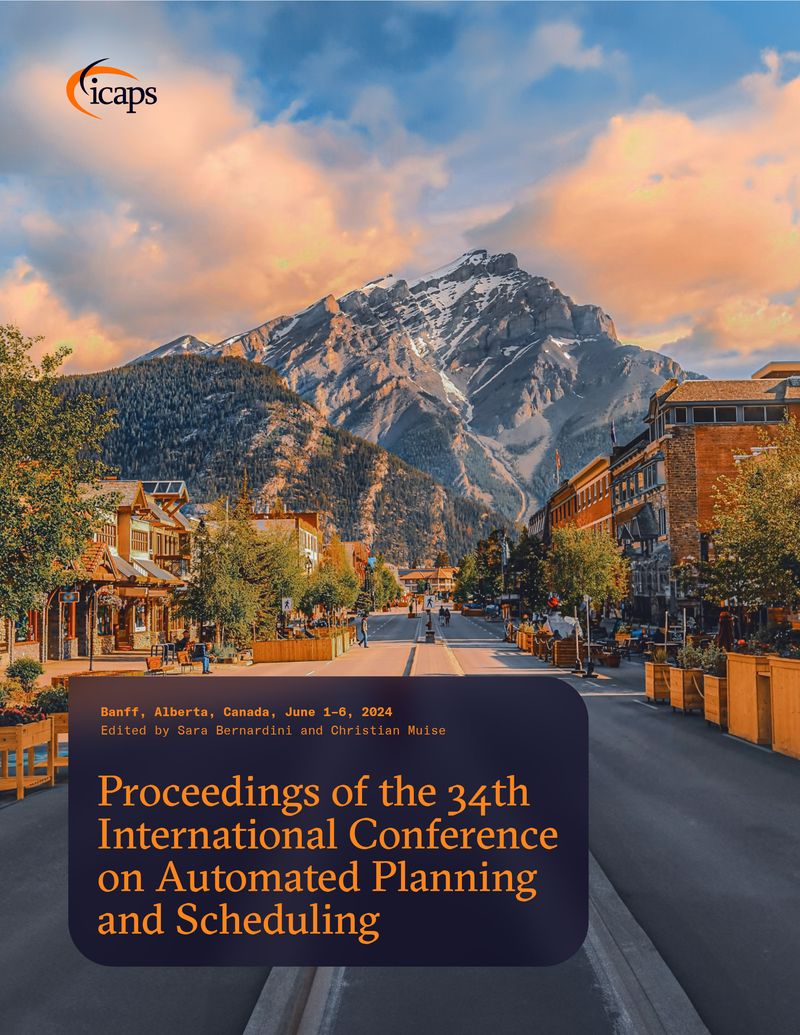Expressiveness of Graph Neural Networks in Planning Domains
DOI:
https://doi.org/10.1609/icaps.v34i1.31486Abstract
Graph Neural Networks (GNNs) have become the standard method of choice for learning with structured data, demonstrating particular promise in classical planning. Their inherent invariance under symmetries of the input graphs endows them with superior generalization capabilities, compared to their symmetry-oblivious counterparts. However, this comes at the cost of limited expressive power. Particularly, GNNs cannot distinguish between graphs that satisfy identical sentences of C2 logic. To leverage GNNs for learning policies in PDDL domains, one needs to encode the contextual representation of the planning states as graphs. The expressiveness of this encoding, coupled with a specific GNN architecture, then hinges on the absence of indistinguishable states necessitating distinct actions. This paper provides a comprehensive theoretical and statistical exploration of such situations in PDDL domains across diverse natural encoding schemes and GNN models.Downloads
Published
2024-05-30
How to Cite
Horčík, R., & Šír, G. (2024). Expressiveness of Graph Neural Networks in Planning Domains. Proceedings of the International Conference on Automated Planning and Scheduling, 34(1), 281-289. https://doi.org/10.1609/icaps.v34i1.31486

